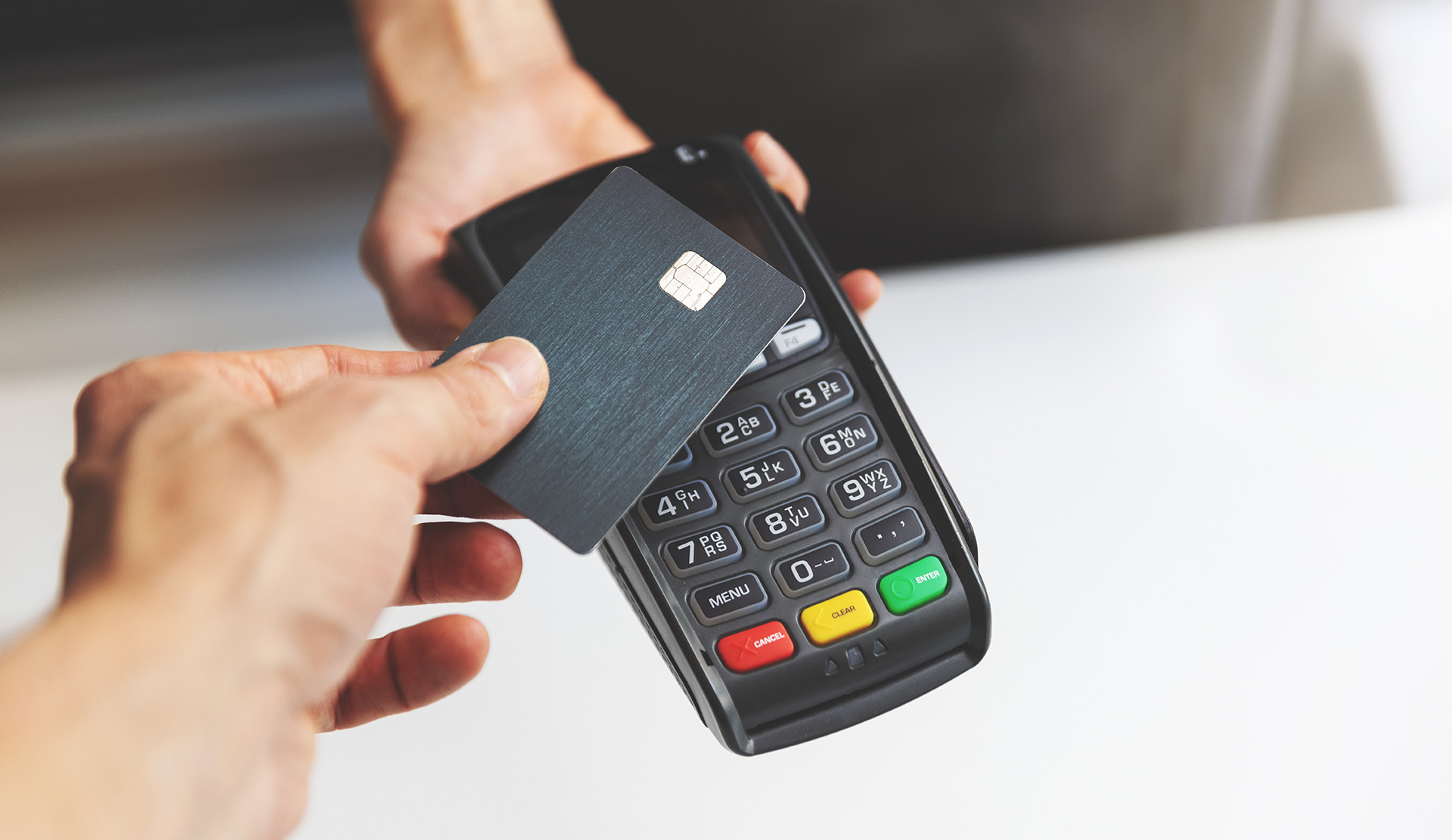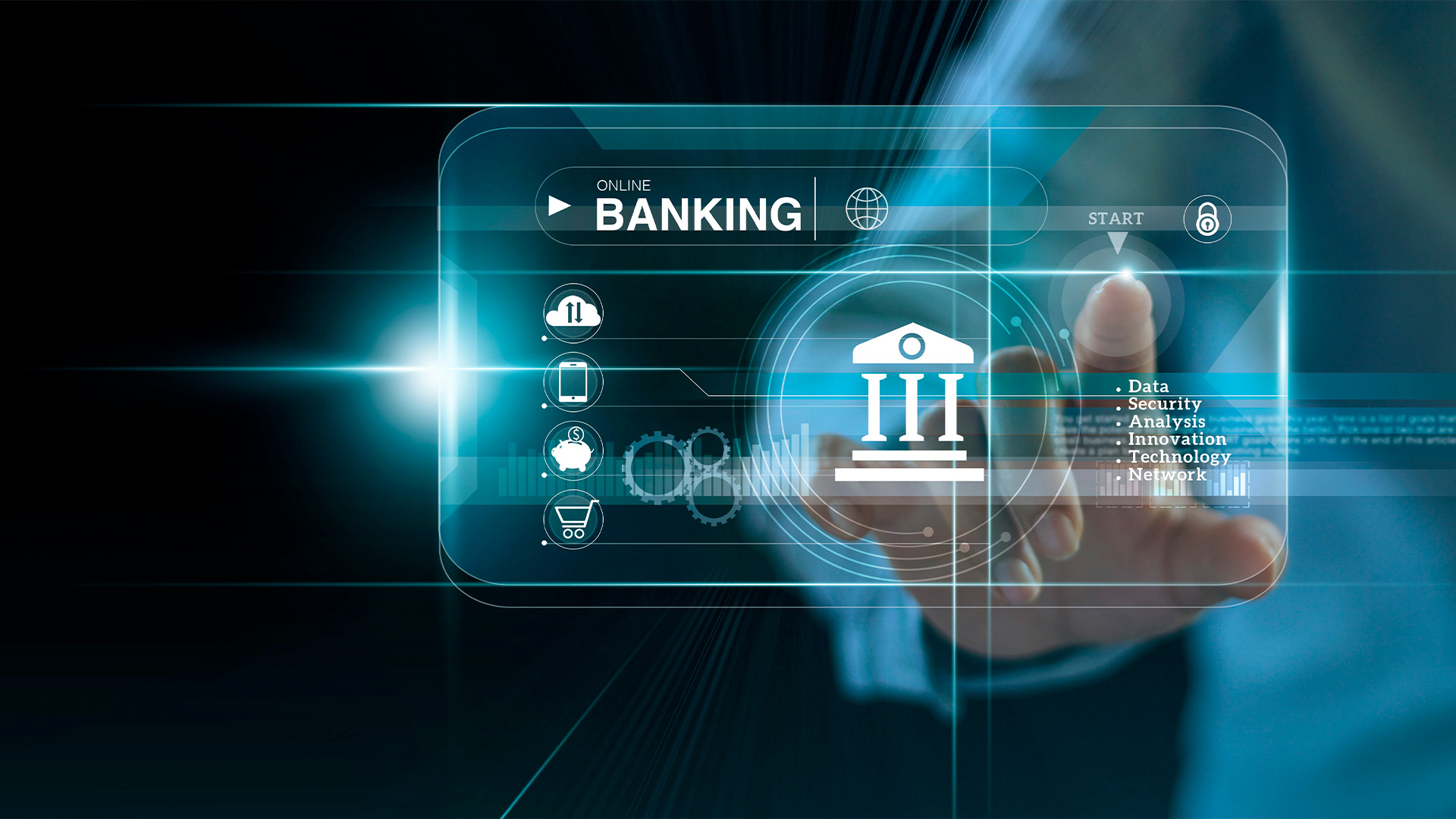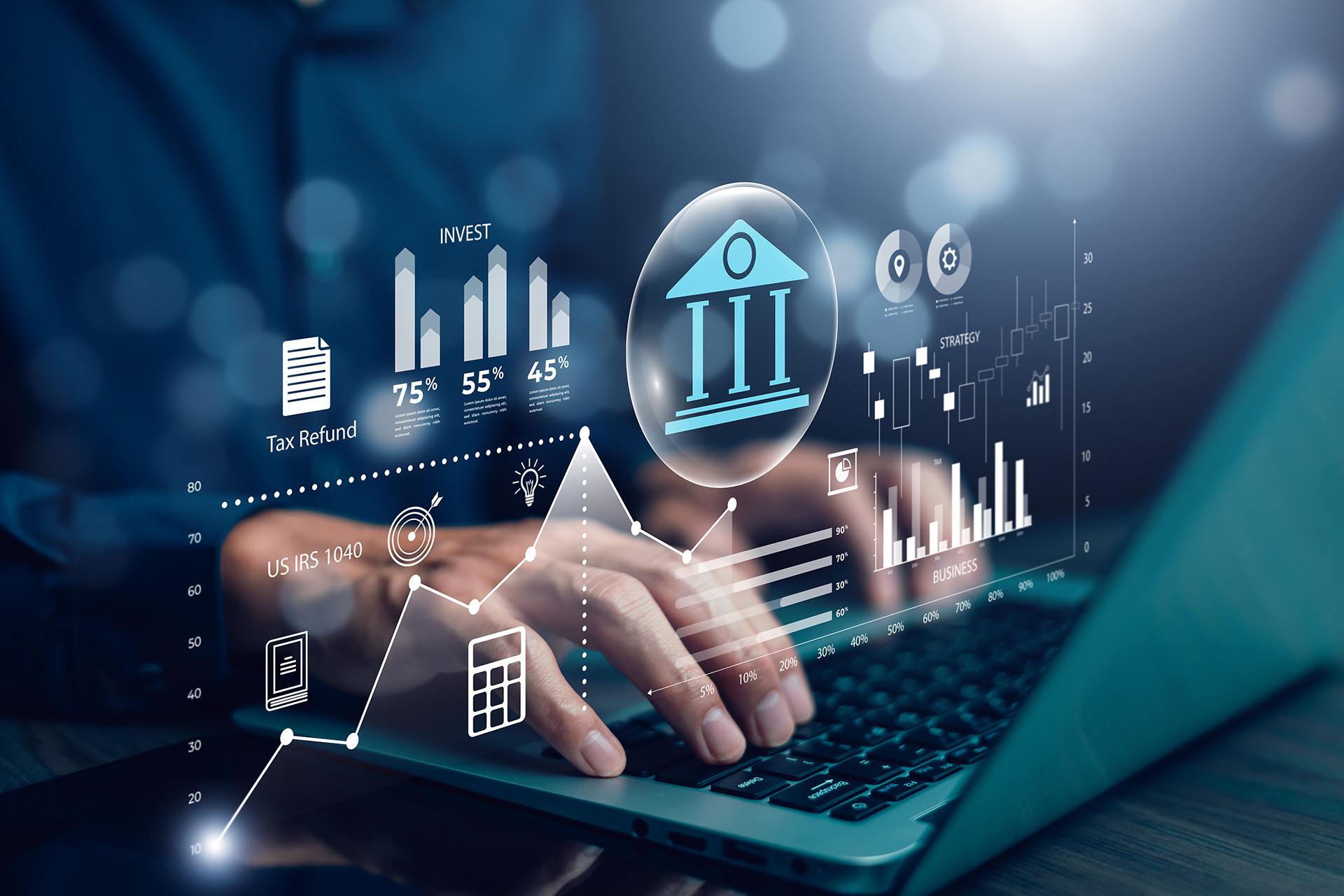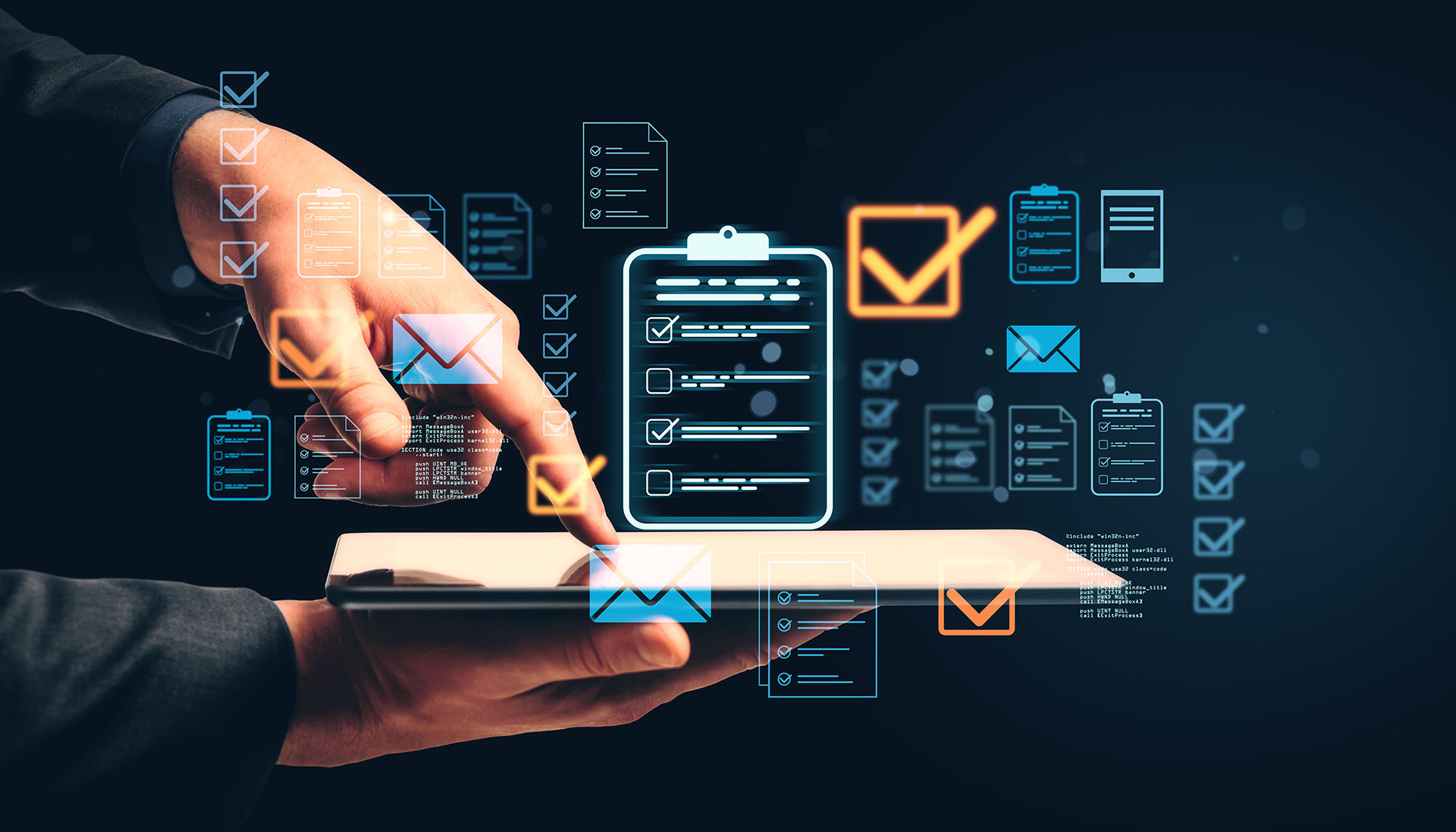In the UK, contactless payments change the future payment landscape
The UK has seen an impressive rise in contactless payments, significantly changing how businesses and consumers interact with their finances. However, this shift is not just about convenience; it’s about how technology transforms the way of transactions are made. A huge number of UK adults use the mobile contactless payments, highlighting the rapid adoption. This has proved the growing trust among users about these technologies.
However, whether you are a business owner, a person runs a finance business, or even a tech-savvy consumer, the usage of contactless payments can make transactions easy. Today, on this blog, we will gather valuable insights on this topic. So, let’s explore the adoption and future of contactless payment methods and find out how it is changing the whole UK payment landscape.
Key Takeaways
- In the UK, contactless payments are witnessing a significant surge, expecting to reach higher in the coming years.
- Contactless payment is an ideal example of convenience and speed.
- Different contactless payment modes are helping to ensure the safe integration of the latest technology into some of the latest mobile devices and wearables.
- Helping many businesses to meet customer expectations by ensuring seamless transactions.

The Evolution of Contactless Payments
Contactless payments began with the usage of debit and credit cards; slowly, it shifted to more options, making the process seamless. Also, there is no need for physical contact between the card and the payment user. As a result, this speeds up the transaction and makes payment procedures easy for businesses and customers.
Additionally, the convenience and efficiency of contactless cards for mobile contactless payments have come a long way. This technology even allows consumers to easily make payments from their smartphones, smartwatches, or other wearable devices, thus paving the way for future advancements.
What Are the Different Forms of Contactless Payments
According to Getsby’s reports, 83% of consumers now use contactless payment methods in the UK. Almost 75% of users in this list are from all age groups and regions. The numbers prove that contactless payments have witnessed a significant increase in popularity in the UK. However, this trend is expected to continue in the coming years.
The pandemic has also accelerated this trend of contactless methods. Because of that time, more businesses started favouring contactless payments due to safety concerns. Mobile payments have also gained significant traction. All these move towards becoming digital represents a strong fundamental change. Here, we are offering a detailed overview of the contactless payment options.

Biometric Authentication
Biometric authentication is one of the primary revolutions that has brought secure online payments. Verifying a user’s identity, it has increased security with unique personal characteristics. This list includes fingerprint, facial recognition, or even voice patterns. Globally, almost 20% of all digital transactions will be done by biometric verification by 2025, promoting payment security.
However, the best part is that consumers are increasingly comfortable with these advanced technologies. These days, many smartphones already come with biometric features. This familiarity boosts users’ confidence and assists with safe transactions.
Additionally, when it comes to reducing fraud, this technology helps as it is very hard to steal and duplicate the biometric data. Unlike passwords, which are easy to access and guess, biometric data cannot be easily accessed or guessed. Therefore, it adds another significant layer of security to different online payment modes.
Blockchain Technology Has Increased Payment Security
Blockchain technology is another significant part that has transformed the landscape of modern payment security. This decentralised approach in the financial field ensures higher transparency and enhances the overall security by creating immutable transaction records. Approximately 15% of financial institutions worldwide use the blockchain method to streamline transactions and reduce the chances of fraud.
However, in the UK, the usage of blockchain and interest in using it for payments have also increased. Blockchain streamlines payment processes, removes intermediaries, and even speeds up transactions. Thus, reduces the significant costs for businesses and consumers.
Moreover, blockchain has developed trust in different digital transactions and ensured integrity. As trust grows, it is obvious that the broader adoption of blockchain technology has been visible in different online payment systems.

AI and Machine Learning in Seamless Payment Processing
Do you know that 82% of top payment processors use the advancements of AI/ML because of real‑time behavioural fraud detection? As a result, this has significantly enhanced security in the payment processing. Furthermore, analysing the vast amount of data helps businesses make transactions swiftly and even with precision.
In the UK, many AI tools are used to tailor excellent payment experiences. Businesses also expect to get personalised services. Consumers also benefit from safe interactions that allow them to meet their needs.
On the other hand, machine learning adapts to new threats and trends more quickly than traditional systems. It even continuously updates the security measures; hence, it is highly crucial for maintaining safe and secure online payments. Additionally, by analysing the user patterns, AI and ML enhance the overall system efficiency, making transactions smoother and more reliable.
Open Banking Changing the Modern Financial Services
Open banking is transforming how financial services operate. By March 2025, 13.3 million active users made 31 million open banking payments that month, equalling 7.9% of Faster Payments volume.
This huge adoption is because the method allows third-party developers to build apps based on banks. Thus, financial services get the chance to bring more innovative digital payment innovations. In the UK, open banking fosters competition and encourages personalised services.
As a result, this boosts transparency and allows consumers to make more informed decisions. Integrating open banking with UK online payment systems enhances the user experience.
Cryptocurrency for Different Payment Streams
Cryptocurrency has also gained significant traction in the UK financial market, with a continued rise. However, as more businesses accept digital currencies, their specific role in online payments is also growing.
Even some experts foresee crypto as a regular payment option for businesses. They even claim that transparency and decentralisation are the prime reasons this attracts consumers and businesses. Thus, they are gaining popularity and an advantage over traditional payment systems.
The Internet of Things (IoT) and Payments
On the other hand, the Internet of Things (IoT) is also transforming payment systems. IoT devices, such as smart wearables, vending machines, and connected cars integrated with contactless payment capabilities, make payment procedures easier than ever. In the UK, people prefer to use such devices to facilitate seamless payment experiences.
This integration even enhances greater user convenience and overall efficiency. And, it is proof that such innovations are great, showcasing the future of payments.
How These Payments Impact Consumers
Since the day when UK consumers started using contactless payments, UK consumer behaviour and financial habits have been significantly impacted. Below, we are mentioning a few ways that are affecting the consumers –
Convenience: Contactless payments make transactions quicker and more convenient, reducing the need to carry cash or even physical cards. This is highly beneficial when speed is essential, especially when businesses have to collect huge payments.
Refunds Are Easy: Significant refunds are among the best things about such contactless payments. Even for the remote customers, the refunds can be made quickly and in a simplified way. As both banks and third-party sites have the transaction ID, refunds are hassle-free.
Security: Mobile contactless payments offer some enhanced security features. When a mobile wallet is used, the merchant does not get the actual card access; therefore, a unique transaction code is properly generated for each payment. This reduces the chances of fraud.
Financial Management: Many mobile payment apps send users notifications, real-time updates, and transaction histories. Thus, users find tracking spending and managing their finances easier.
The Future of Contactless Payments
Unlike traditional payment and banking services, contactless payments have contributed to significant financial inclusion. With more payment options, changing the whole scenario of the payment landscape allows people to get easy access to different options they did not have previously.
As contactless payments are becoming more widespread, cash usage is reducing. While this shift has already led to a greater transaction efficiency, it has also brought some significant concerns to those uncomfortable with the digital payment methods.
However, the trend towards contactless payments will continue to grow. Innovations such as cryptocurrency, biometric payments, and the usage of AI and ML are potentially entering the payment field, creating a revolution.
So, it is expected that with technological advances, consumers will experience more seamless, secure, and versatile payment options in the coming years. And, this will surely reshape the future of the financial landscape in the UK.

Conclusion
The demand and usage of contactless payments in the UK are more than a rising trend. It represents a fundamental shift and shows how businesses and individuals adapt these cashless methods for safe transactions. From the undeniable convenience and enhanced security of contactless payments, the payment landscape in the UK is evolving rapidly. Supported by technological advancements, the shift is all set to dominate the world.
While cash remains a persistent choice, adopting contactless payments is an ideal example of convenience. It is the future, becoming payments seamless, secure, and offering quick transactions. So, are you ready to make your business contactless-ready? Then, connect to the financial advising firm, Capitalixe today and switch to contactless payments!






